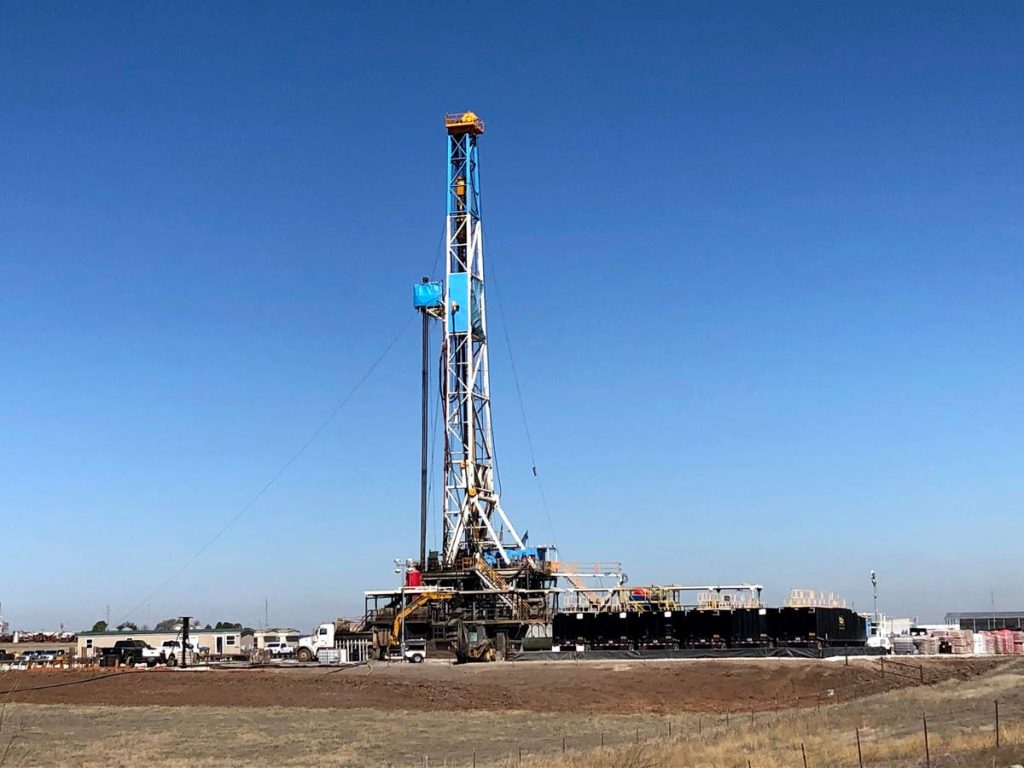The shale revolution in the oil industry led to companies aggressively leasing new shale properties and drilling at a rapid pace, focusing on growth for growth’s sake. However, as the core Tier-1 shale properties became saturated, the financial returns from drilling in lower-tier properties began to decline. This shift prompted a new focus on maximizing capital efficiency to increase returns on investment.
From 2003 onward, the focus on capital efficiency in shale production was narrow, centered on optimizing factors such as well length, proppant size, and pump rate for individual horizontal wells. By 2016-2018, rapid development of shale plays led to a decline in oil and gas financial returns compared to other industries, prompting investors and stockholders to withdraw their funds, causing stocks to suffer.
In response to the need for improved capital efficiency, EnCana introduced the concept of cube development in 2016 in stacked shale plays like the Permian Basin. Cube development involves drilling parallel horizontal wells in different payzones from close-spaced wellheads on a single well pad, creating an imaginary “box” to maximize efficiency.
As attention shifted towards boosting returns by cutting operation costs and increasing flowrates of oil in 2018-2019, operators in shale fields like Haynesville focused on lowering capital expenditures while improving production. Companies like Aethon Energy utilized AI and data analysis to optimize drilling and completion processes, resulting in significant cost reductions and increased efficiency.
The downturn in oil and gas stocks in 2019 was further exacerbated by the pandemic, causing the price of oil to briefly fall to zero. However, as the industry began to recover in 2020-2021, a continued emphasis on improving capital efficiency remained. Operators in fields like Haynesville reported expectations of 30% returns per year, illustrating the importance of efficiency in the current market.
Examples of boosting capital efficiency in shale production include optimizing single laterals in fields like Haynesville and Permian, utilizing cube development to maximize well geometry, and drilling longer wells to reduce above-ground infrastructure and costs. ExxonMobil, for example, has focused on drilling longer, four-mile wells in the Permian Basin to improve efficiency and increase production, highlighting the ongoing evolution of capital efficiency in the oil industry.


